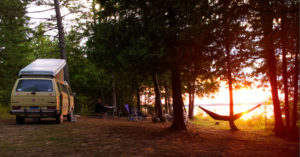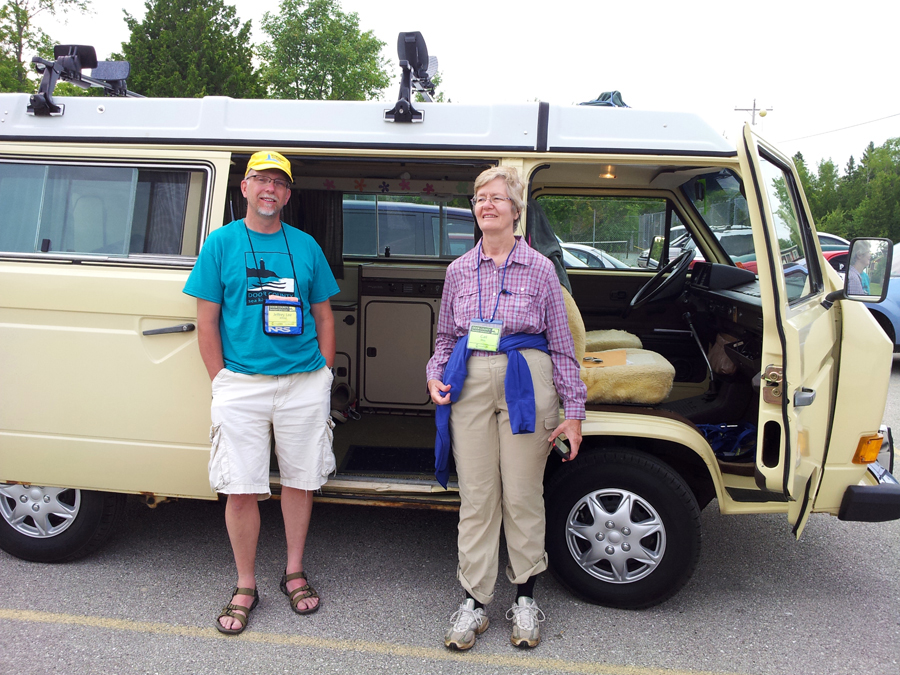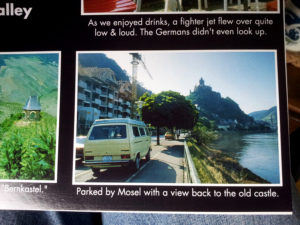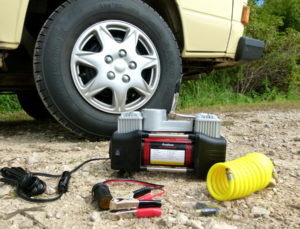I come from a long line of practical, hard-working, German-American farmers, carpenters, and do-it-yourselfers.
A polite person might call us ‘thrifty’, but we also know that building and fixing your own stuff requires the best tools you can afford, from a maker who—like we taciturn Teutonics—stands behind his work.
Forever.
And for at least three generations of my family that maker was Craftsman, for whom Sears instituted their renowned lifetime warranty program in 1927. Though I had never actually tested this acclaimed Craftsman warranty until recently, I have purchased a lot of their tools by virtue of it.
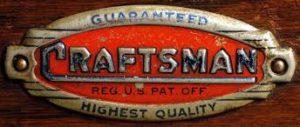 “Consumers have ranked the Craftsman brand second (surpassed only by Waterford Crystal) in terms of quality. In 2007, Craftsman was named “America’s Most Trusted Brand” and brand with “Highest Expectations”. In 2009, the readers of Popular Mechanics named Craftsman their favorite brand of hand tools in their Reader’s Choice Awards.”
“Consumers have ranked the Craftsman brand second (surpassed only by Waterford Crystal) in terms of quality. In 2007, Craftsman was named “America’s Most Trusted Brand” and brand with “Highest Expectations”. In 2009, the readers of Popular Mechanics named Craftsman their favorite brand of hand tools in their Reader’s Choice Awards.”
Wikipedia
But alas, today’s Craftsman is not your father’s Craftsman …
A few weeks ago while working on the Vanagon’s rear brakes I gave my Craftsman 3/8″-drive socket wrench a hearty pull and promptly snapped it. And bloodied my knee in the bargain.
I finished the job using another socket wrench, but afterwards as I tidied up the barn floor and wiped down my tools I turned the broken Craftsman over in my hand. It still looked good, with no visible wear or tear, and its chrome-plated body gleamed in the fading light. But the internal ratchet was clearly stripped and jammed.
Dead.
I would soon buy a replacement of another brand but I was saddened to see this old Craftsman go. My father had bought me the complete socket set many years ago, and with most of the clunker cars of my youth I never drove anywhere without it, rattling quietly under the driver’s seat for all those uncertain miles. Besides routine maintenance I also tightened loose alternator brackets, snugged down leaking valve covers, and replaced snapped timing belts, sometimes in a mall parking lot somewhere far from home.
Once, while coming out of a particularly steep McDonald’s driveway in my 1983 VW Quantum station wagon, I sheared off a lower ball joint. I limped the car across the street and into a hotel parking lot, one front wheel dragging and squawking, then walked two blocks to the auto parts store and came back and replaced the ball joint.
On my lunch hour. In the rain.
The Craftsman ratchet—and the entire socket set in which it came—had served me well, so I cannot complain. It had been my faithful go-to socket wrench over many years, reliably helping to keep a succession of decreasingly crappy cars going, and had been a constant companion throughout the Vanagon’s engine transplant and ongoing ‘rolling restoration.’
And now, regrettably, I had broken it.
Eventually, one day while running errands in town, I found myself near a Sears store and took the wrench in to see about their famed lifetime warranty.
Much to my pleasant surprise the young woman at the service desk didn’t request to see a sales receipt from a quarter-century ago, or even ask a lot of questions at all. Instead, she simply took my shiny but broken socket wrench, reached into a drawer full of ratchets and handed me a new one.
Or perhaps I should say that she handed me a replacement.
“They’re a little different now …” she said somewhat sheepishly as I took it in hand.
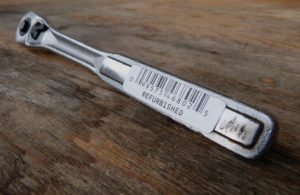 Indeed, in exchange for the hefty polished and chromed tool I had just relinquished, this oblong lump of stamped pot metal was noticeably smaller, lighter, cheaper, and shoddily built. At first glance it appeared that Craftsman was so ashamed of this tool that they declined even to emboss their name on it, but I later found it hidden beneath a nondescript UPC bar code sticker marking the unit as “Refurbished.”
Indeed, in exchange for the hefty polished and chromed tool I had just relinquished, this oblong lump of stamped pot metal was noticeably smaller, lighter, cheaper, and shoddily built. At first glance it appeared that Craftsman was so ashamed of this tool that they declined even to emboss their name on it, but I later found it hidden beneath a nondescript UPC bar code sticker marking the unit as “Refurbished.”
As if to add insult to injury, the replacement socket wrench was scraped and nicked, in far worse condition than my old one, and still bore a few greasy smudges presumably from the previous owner. Apparently, when refurbing their heaps of broken tools, the ‘craftsmen’ at Craftsman cannot be bothered to clean them even as well as I clean mine after a typical brake job.
Though I hadn’t even taken it home yet, this wrench was quite possibly the most battered tool in my entire collection …
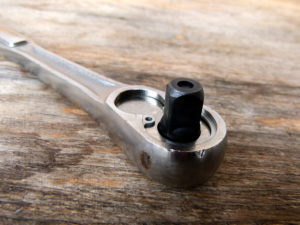 It’s a socket wrench, I suppose, and perhaps someday it will prove itself better than nothing at all. But I cannot help but feel that my faithful old lieutenant has died in the field, and I have my doubts that this skinny, bedraggled replacement is up to the task.
It’s a socket wrench, I suppose, and perhaps someday it will prove itself better than nothing at all. But I cannot help but feel that my faithful old lieutenant has died in the field, and I have my doubts that this skinny, bedraggled replacement is up to the task.
Do I use it for everyday Vanagon wrenching, where a backup is never far away but where its inevitable failure will come to pass that much sooner?
Or do I instead pack it away in my on-board tool kit, where there is less likelihood I’ll ever need it, but where its breakage will leave me stranded on a distant, dusty road?
As much as I lament the loss of a good tool, I regret even more the continuing demise of a once-respected American brand of reliable, affordable tools for the Everyman, and the honoring of its vaunted “Full Warranty”.
Evidently, the idea that the purpose of a warranty is to make right a failing, by replacing the faulty product with one of equal and comparable value, has gone the way of the village blacksmith, relegated to the scrap heap of antiquity, a quaint anachronism.
Much like me, perhaps …





